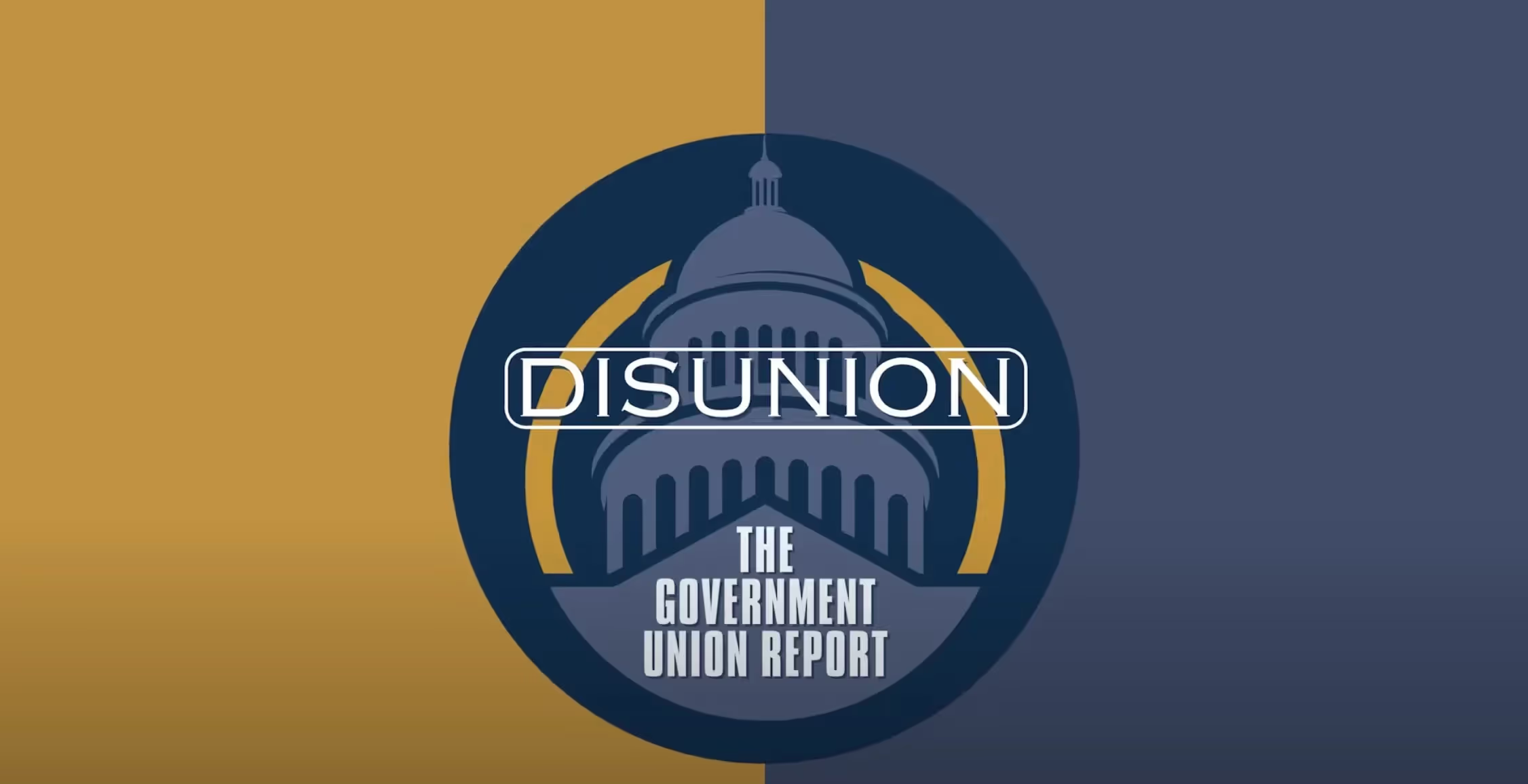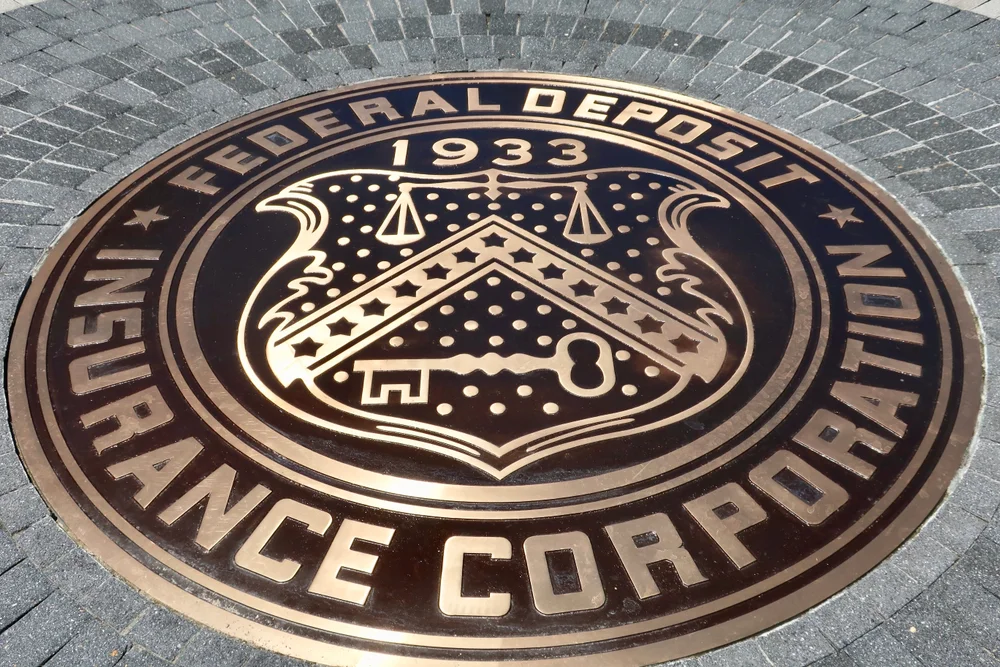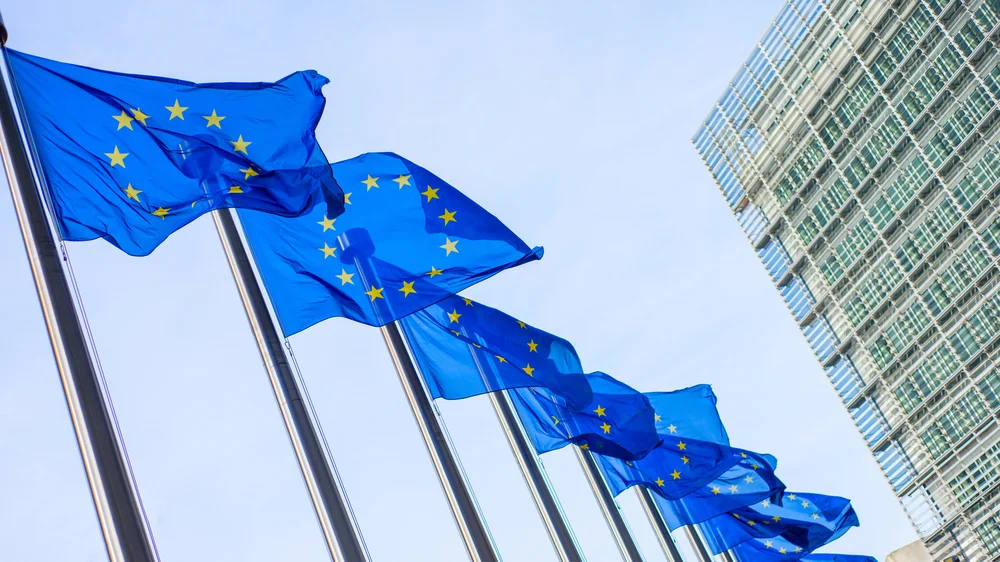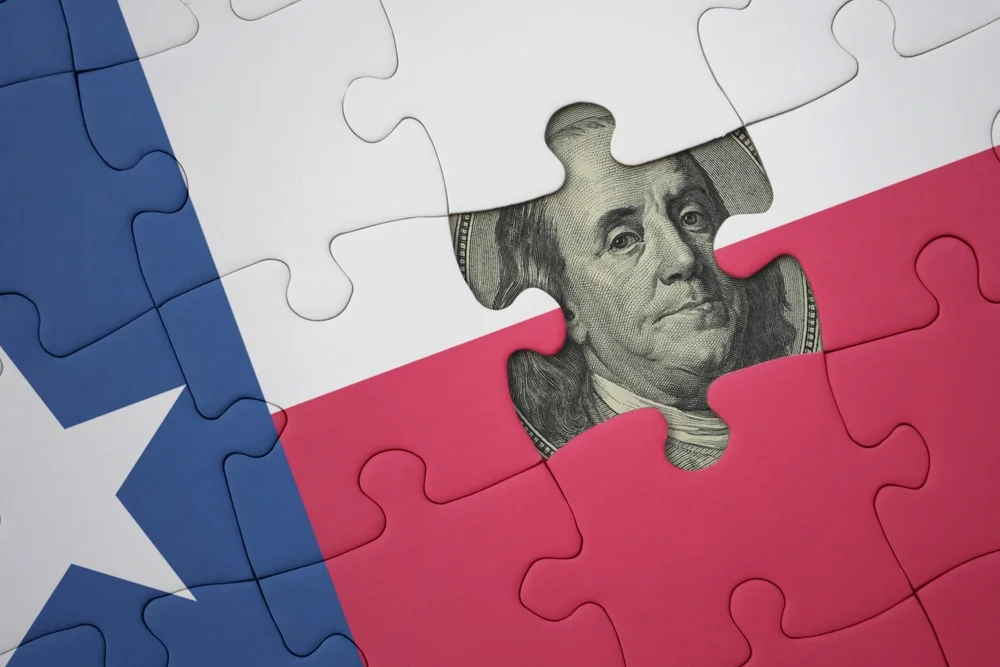.avif)
The Rise of Inflation Targeting
This paper discusses the interactions between politics and economic ideas leading to the adoption of inflation targeting in the United States.
Abstract
This paper discusses the interactions between politics and economic ideas leading to the adoption of inflation targeting in the United States. In the gold standard era, farmers' vulnerability to falling prices made price-level stabilization a salient political and social concern. Economists of the progressive era honed in on price-level stabilization as a key to promoting prosperity and social justice. Irving Fisher, in alliance with farm interests, helped members of Congress introduce price-level stabilization bills that, while unsuccessful, introduced the possibility that a price-level stabilization mandate might be a viable alternative to a gold standard. In the postwar years, the Great Inflation and Volcker disinflation set the stage for the rise of inflation targeting by highlighting the benefits of credibility, transparency, and expectations management. Tensions inherent in the implementation of inflation targeting—including its position in the “rules versus discretion” debate—have become more pronounced since the post-COVID run-up in inflation.
Economic Dynamism

The Causal Effect of News on Inflation Expectations
This paper studies the response of household inflation expectations to television news coverage of inflation.

AI and the Future of Society and Economy
Large language and generative AI models like ChatGPT are the equivalent of the first automobiles: fun to play with, somewhat unreliable, and maybe a little dangerous. But over time, the lesson for will be clear: Who Learns Fastest, Wins.

Why Can't the Middle Class Invest Like Mitt Romney?
Why can’t middle-income Americans pay effectively no taxes on investments like the wealthy do?

The Revenge of the Supply-Siders
Trump would do well to heed his supply-side advisers again and avoid the populist Keynesian shortcuts of stimulus checks or easy money.
.avif)




.jpg)



.jpg)







